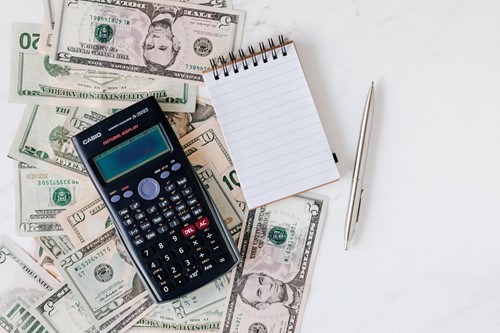
1031 exchanges are special transactions in which one investment is effectively “swapped” for another. In real estate, this means selling one investment property for another of “like-kind.” This can be an effective and lucrative strategy because it can allow you to defer certain taxes as long as you abide by specific rules put in place by the IRS. One of those rules is that the property you buy must also be for investment.
What if you want to live in that new property? Many investors and potential sellers may wish to convert a 1031 property into a personal residence, but aren’t sure how to do so. Luckily, it’s doable as long as you follow certain rules and are aware of the limitations.
Here are the three most important things to know about converting a 1031 property into your personal residence:
The most popular reason for undergoing a 1031 exchange is to save on taxes. There are two types of taxes a seller might defer when selling an investment property in this way: capital gains tax and depreciation recapture. Capital gains tax concerns the difference between the original buying price of the property compared to what you sell it for. Depreciation recapture has to do with investors and property owners claiming depreciation on their tax returns. As a building or property decreases in value over time, you can claim the difference in value on your taxes. However, depreciation recapture exists to offset that savings and might increase or even double the amount you have to pay in taxes when you sell a property.
While both taxes can be deferred using a 1031 exchange, the depreciation recapture cannot be put off forever if you plan to make the new property your personal residence. You will eventually be required to pay depreciation recapture tax on both properties.
If you convert an investment property into a personal residence, you can only exclude a portion of your capital gains from your taxes. The amount that qualifies depends on how long you lived in or used that residence as your own. So, for example, if you own a property for 10 years but only actually live in it as a personal residence for 2 years, you cannot exclude or defer capital gains for the entire 10 years, only 2. In this case you would still have to pay capital gains tax on 80% of the total value increase.
There are some specific circumstances that might allow you to exclude a higher percentage, such as going back and forth between living in and renting out a property several times. For these situations, the rules can get more complicated, so it’s best to consult a tax professional to determine the most workable plan.
If you gain a property through a 1031 exchange and then use it as your personal residence, you are required to keep that property for at least five years. This prevents “fix and flip” strategies that might earn you a quick profit. If you sell the property before the five years are up, you give up the option to defer any capital gains tax on the property. Carefully consider your long-term goals to avoid losing money.
No matter what your plans are for a potential 1031 exchange, the rules and details can get complicated. Always consult a qualified professional like an accountant or tax attorney in order to make sure you get the best results with no IRS trouble.
